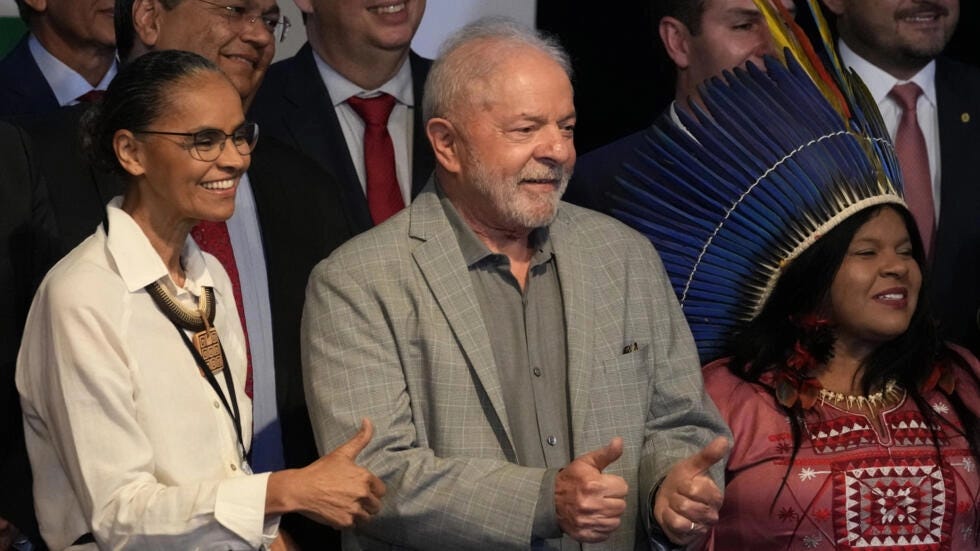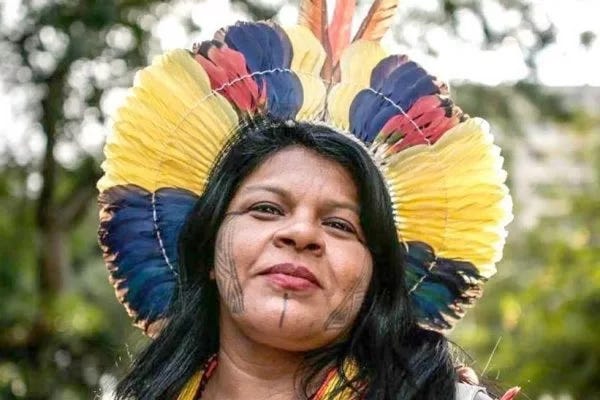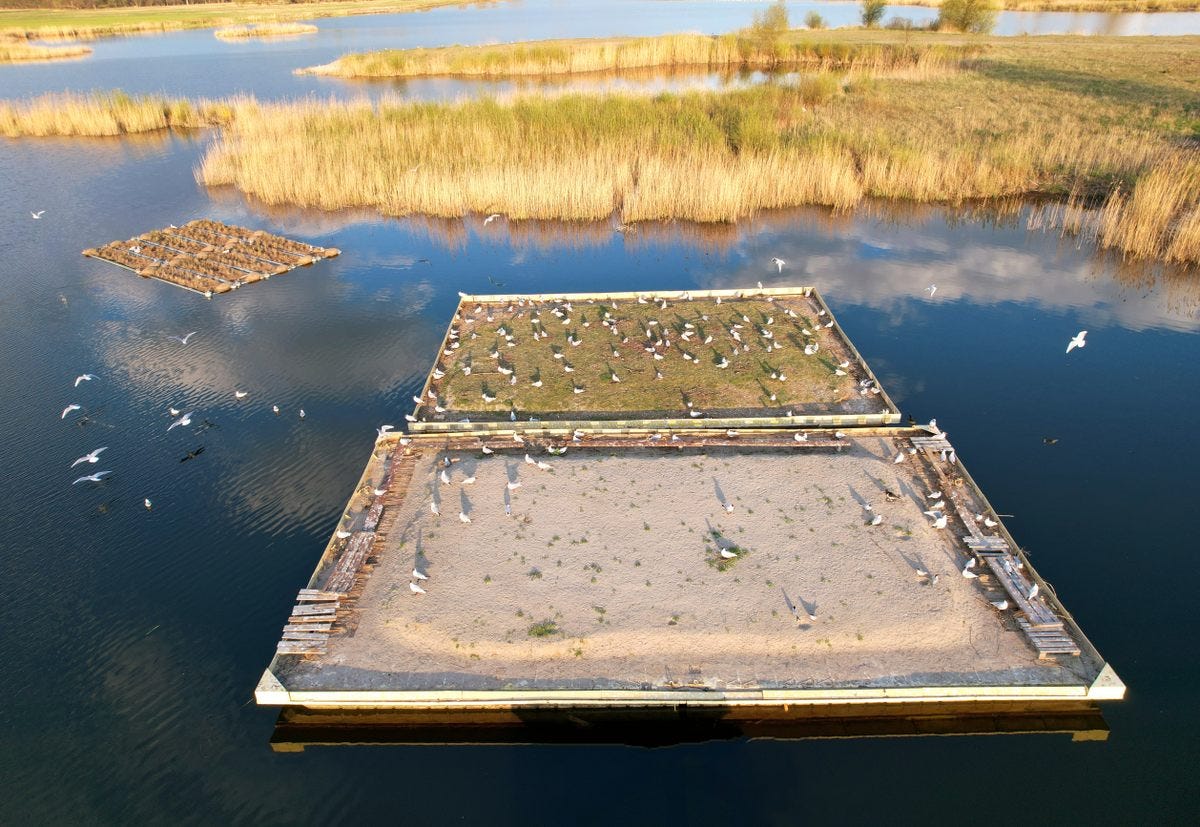The Weekly Anthropocene, January 11 2023
Dispatches from the Wild, Weird World of Humanity and its Biosphere
Space Solar Power
As terrestrial renewable energy advances by leaps and bounds, a new satellite launch has taken the first steps of a long journey towards a new frontier: generating clean energy for Earth from space with space-based solar power (which in theory could easily supply all of humanity’s energy needs). On January 3, 2023, a 50-kilogram prototype Caltech satellite named the “Space Solar Power Demonstrator” (SSPD) was launched into orbit on a SpaceX rocket.
Its three main components (see first video) are testing the key technologies required to make space-based solar power a reality: an array of 32 different solar cells to determine what works best in space, experimental microwave power transmitters to send the resulting electricity back to Earth (see second video), and a packaging and deployment structure. Although solar panels have powered satellites and space stations for decades, this is the first time ever that solar energy generated in space is being sent back down to Earth. This is of course incredibly early days, and will likely not be a grid-relevant energy source for years to decades. But one day, we might look back on this 2023 experiment as the year when we began to unlock a limitless source of clean energy.
Brazil

After a close-run election victory against the politically reprehensible and personally vile incumbent Jair Bolsonaro (whose supporters recently attempted a US-style anti-democracy insurrection, but were defeated) President Lula da Silva was sworn in for a third nonconsecutive term as Brazil’s chief executive on January 1, 2023. He immediately signed an array of vital executive orders aimed at reversing the degradation of Brazil’s environment and institutions under the Bolsonaro Administration. Among these key actions, Lula has annulled a vicious Bolsonaro decree that actively encouraged mining in Indigenous lands and protected areas, restarted a government action plan to fight deforestation, moved the Rural Environmental Registry tracking land ownership from the notoriously pro-deforestation agriculture ministry to the environment ministry, toughened the environmental fine process, and reactivated the Amazon Fund by reinstating its suspended governance structures. This last one is quite important: the Amazon Fund is a $1.2 billion fund where European countries donate to support over 100 conservation projects in the Brazilian rainforest, and it’s been inactive for three years since Bolsonaro unilaterally suspended its board of directors in 2019. Norway rapidly announced that it will immediately start providing funding again given this new cooperation from the Brazilian government, and the UK has said they’re now interested in joining the Amazon Fund as well!

Lula has already assembled a spectacular team to restore the protection of Brazil’s ecology and indigenous peoples. As many environmentalists around the world hoped, he has named Marina Silva as the new Minister of the Environment and Climate Change. Marina Silva was previously the Brazilian Environment Minister from 2003 to 2008 (also under Lula, who was previously President from 2003 through 2010) and oversaw the greatest reduction in Amazon deforestation in history (see chart above). She has an incredible track record of success (this writer has been a Marina Silva fan since her presidential run in 2014), and is exactly the person needed to restore Brazil’s environment ministry and protection of its landscapes.
Lula has also created a new and unprecedented Ministry of Indigenous Peoples “to combat 500 years of inequality” with renowned indigenous activist Sônia Guajajara (a woman with an extraordinary personal story) as the first minister. This is a big deal; imagine if the US created a cabinet-level Department of Native Americans explicitly tasked with advocating for indigenous rights!
The Brazilian legislature is still dominated by a broadly pro-Bolsonaro, pro-deforestation alliance, so ongoing executive action from Lula’s new dream team will likely be the best shot at protecting the Amazon into the foreseeable future. They’ve made a strong start; more news to come!
“Our goal is to achieve zero deforestation in the Amazon and zero emission of greenhouse gases in the electricity matrix, in addition to stimulating the reuse of degraded pastureland. Brazil does not need to deforest in order to maintain and expand its strategic agricultural frontier…We will not tolerate violence against minorities, deforestation and environmental degradation, which have already done so much harm to the country.”
-President Lula da Silva, in his inauguration speech
Poland
American minks and raccoons were introduced into Europe in the 20th century for their fur, and have recently become a threat to Polish waterbirds, which are not adapted to resist these clever and agile predators. Now, in Poland’s Oder River valley, a local wildlife photographer has constructed eight “floating forts,” made from military surplus boats, metal sheets, and sand, to offer a safe haven for nesting birds. Black-headed gulls, terns, oystercatchers, and ringed plovers now all nest annually on all eight artificial islands. These bird forts are a lovely example of innovative conservation in the Anthropocene; eradicating introduced species on a continent (as opposed to an island) is practically impossible, so giving native species some extra safe places is a smart way to help them.
Virus-Eating Plankton

A jaw-dropping new study has found that certain species of plankton can survive and thrive exclusively on a diet of viruses. In the lab, the common Halteria ciliate plankton would still grow and divide even when given exclusively chloroviruses to eat, and some other plankton species were found to eat some viruses at well. Previously, viruses were widely thought to be calorically unimportant.
This discovery has potentially immense consequences for humanity’s understanding of the global food web! It now looks as if consumption of viruses by plankton could be a globally significant source of energy, trickling up the marine food chain and helping support all surface life on Earth. This “virovory” may also be an important part of the global carbon cycle, although science is just beginning to understand how. It’s starting to seem like viruses (much like bacteria, which were previously thought to be all harmful “germs”) are not only vectors of diseases, but a vital stratum of Earth life in their own right, fully integrated into the global ecosystem. Fascinating news!






